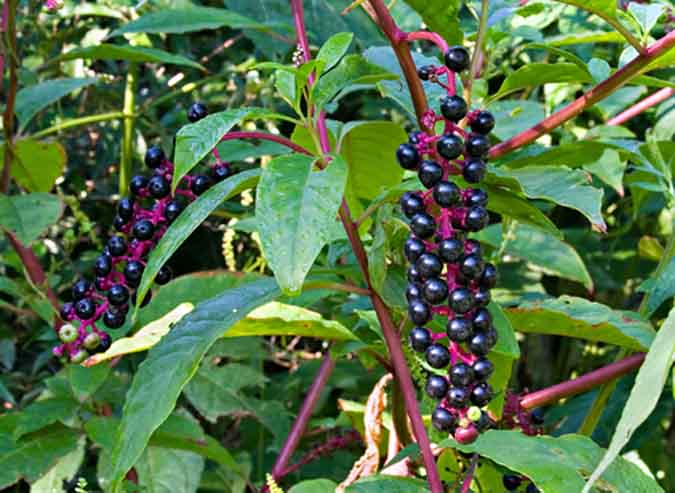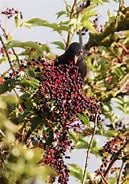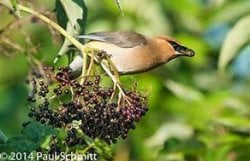Marion Morrison
Diamond Member
- Feb 10, 2017
- 59,298
- 16,841
- 2,190
- Banned
- #761
Ospreys can hover like hummingbirds in spite of exponential size differences, and here's proof:
Is the Osprey endangered? Do the math...
Osprey couple watching beautiful sunrise, Montana
He almost sounds like the Honey Badger guy.










